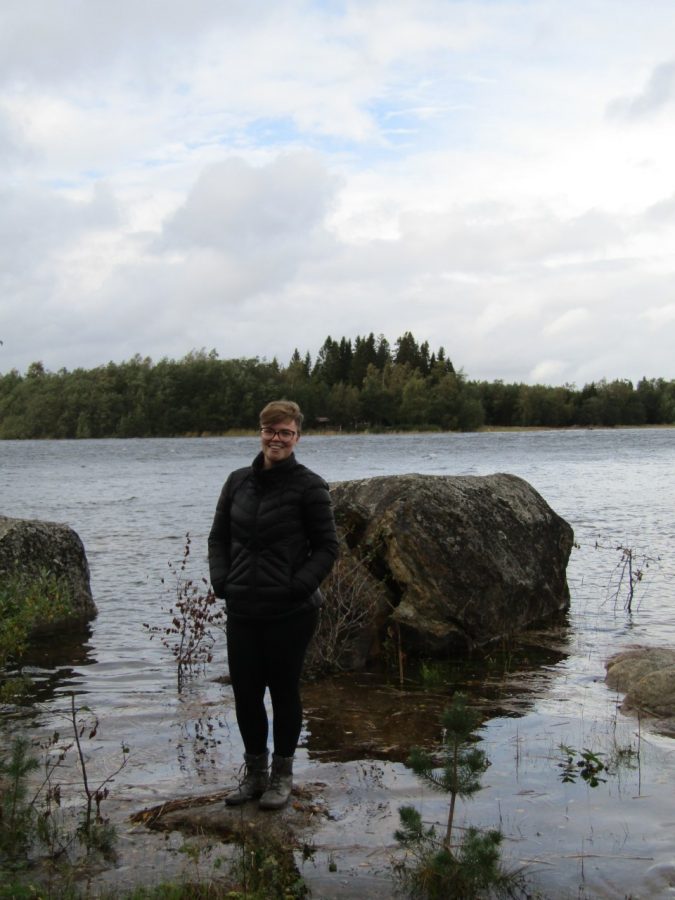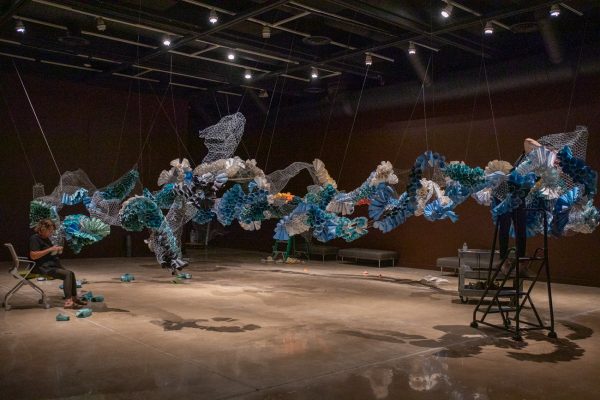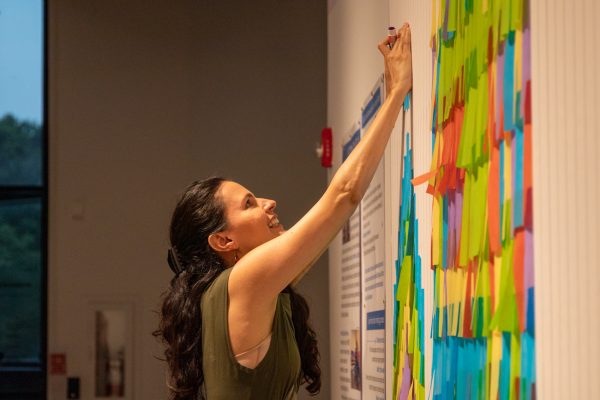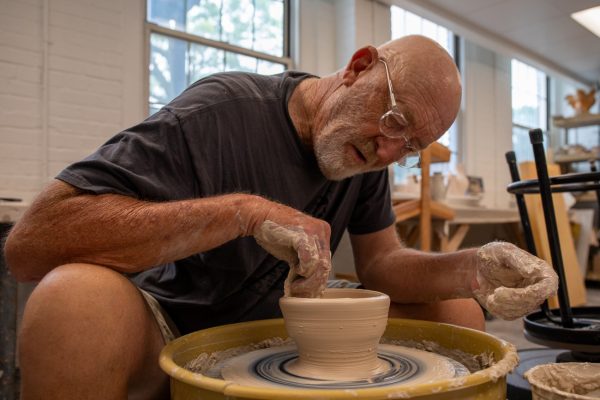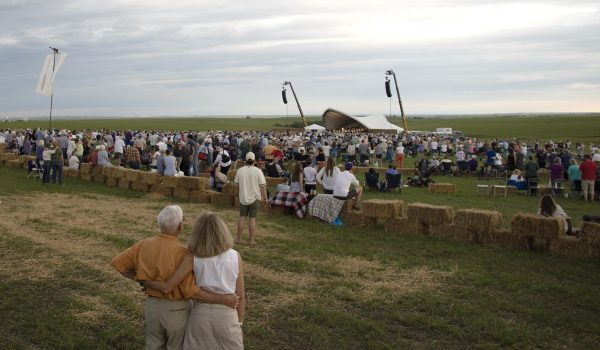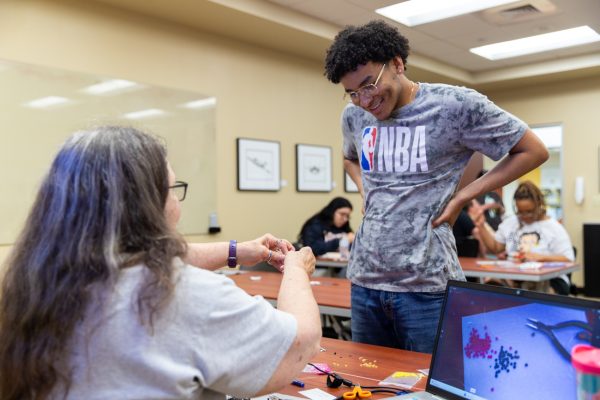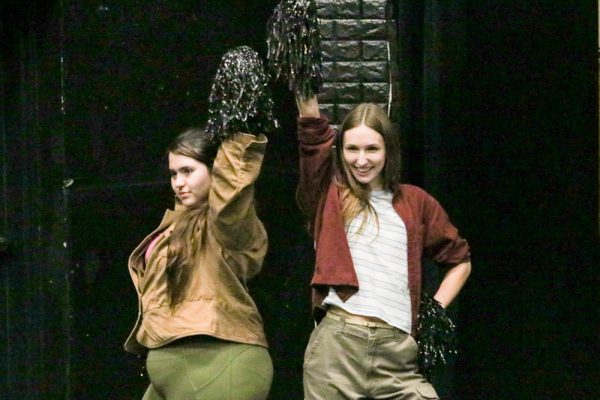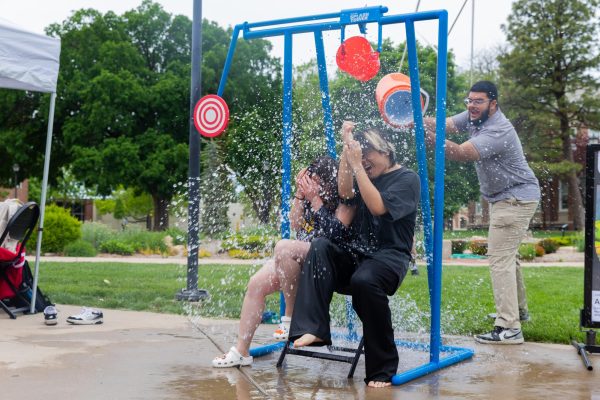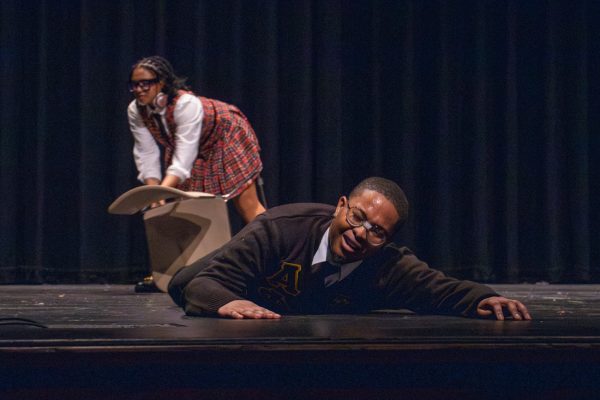Finnish education abroad: A firsthand Shocker account
There are Shockers out in the world who are taking their education into their own hands. In this series, we give them an opportunity to pen personal essays about their experience abroad. Our first essay is from Honors and Education major Lauren Rust, who is currently studying at Åbo Akademi in Vaasa, Finland. The school rests on the west coast of the country, overlooking the gulf of Bothenia.
What Rust enjoys most, she said, is the exchange of contextual education. She elaborated in a short conversation with the Sunflower.
“This has actually improved my language skills,” Rust wrote in an email. “I am enjoying helping others improve their English and learn new words . . . From my stay in Finland I hope to gain more insight into the brilliant education system of Finland. I would love to bring aspects of this back to the US and work to improve our educational system.”
Lauren Rust
I came to Finland to search for the secrets of the best education system in the world. I did not think that the answer would be outside the classroom, in the forest. Finland is 75 percent covered in forest area, making the scenery gorgeous. The focus of communities naturally turns to the wilderness. This is reflects in education through the simplest, but most brilliant, ways imaginable.
From the time students are in first grade, they are required to be in ‘Sloyd’ classes. Sloyd is an educational form that emphasizes connection to nature and practical methods by having students work with wood, textile, and metal. When students are young, they begin with simple textile and woodwork; they progress through their education to more advanced techniques.
When I came to Finland, I knew I had to learn more about this method. I am currently taking a Sloyd class myself in the university that lays out all of the basics for the method as well as the logic behind it. So far, I have made a wreath out of willow found in the woods, a hand-carved butter knife, a cookie cutter in the shape of Kansas, and gingerbread cookies shaped with the finished cutter. I’ve also embroidered a patch and learned how to loom knit a hat.
All these tasks have challenged me to problem-solve and ask the right questions. They have taught me to learn about culture and customs in a new way, bringing me closer to my classmates. In short, they have done what Sloyd classes are supposed to do.
One of my first Sloyd classes was held in the forest. After doing team-building activities, we stopped by various trees and plants. We were asked questions about them, and then shown how we could use them to teach students in the forest. After hiking for about a mile, we found a place to start a fire and were challenged to find the right materials to do so. As we all sat around the fire, we shared how our home countries dealt with the relationship between society and nature. We then made the butter knives out of wood pieces by implementing the safety rules we learned the day before.
These days, the forests are not limited to visiting university students. Rather, they are a tradition for students from Finland. In the school I observe through the education program abroad, certain grade levels have days where they share lunch in the forest and talk about life and culture. These students benefit from such trips by not only understanding more about nature, but also more about themselves. My instructor told us that being in the forest can be a place for shy students to come out of their shell. On the other hand, it can also challenge students by forcing them to learn how to thrive in different environments.
There is one benefit to the Sloyd program that I think the United States education program often misses. Working with your hands and being able to accomplish something tangible can be what students need to keep them motivated. I have noticed this myself. In Sloyd, we work independently on a task, then ask for help when needed. We have time to work and make mistakes with our hands, giving our minds a rest from constantly reading and writing. When a task is finished, the feeling of holding a product in your hands and knowing that you made something that you can use is just the feeling that many students, including myself, need.
Sloyd has given me many surprising new insights to Finnish culture and the school system. Soon, I will begin work on my final task for the course — a team woodworking project that will combine all the skills we have learned so far in a collaborative effort. My goal is to bring Sloyd to classrooms in the states and inspire teachers to think about education in this unique, yet simple way.



